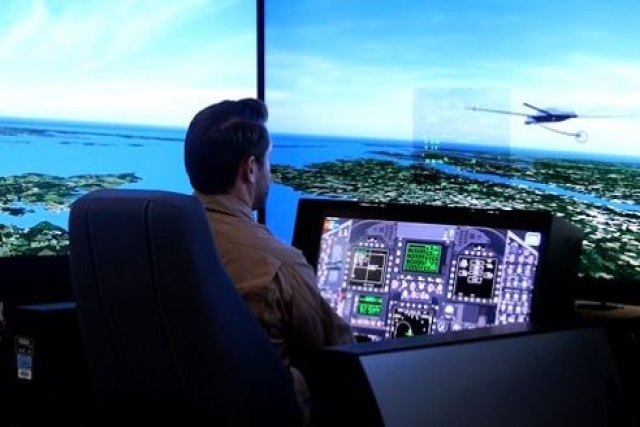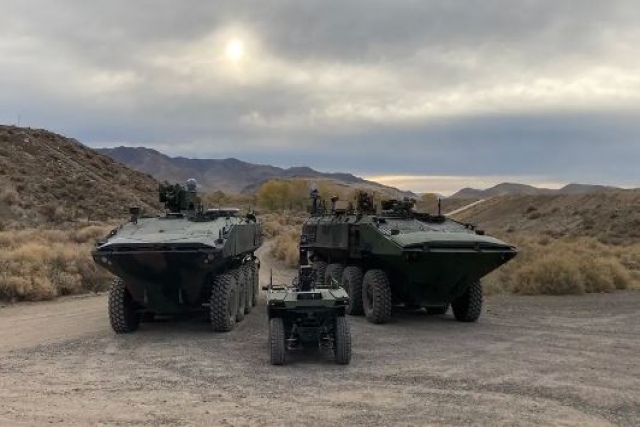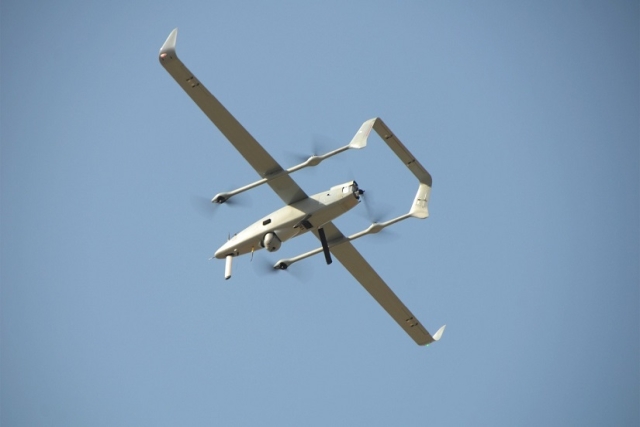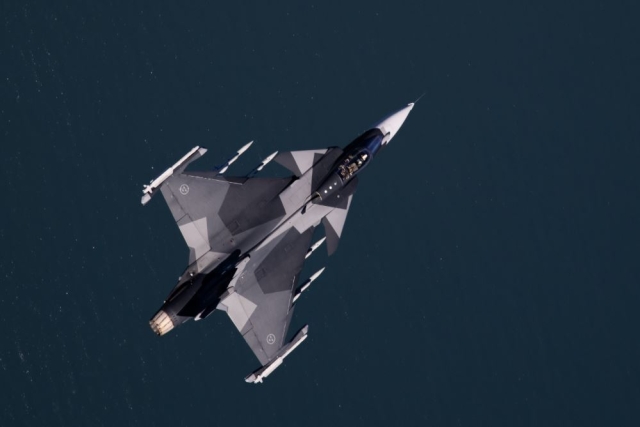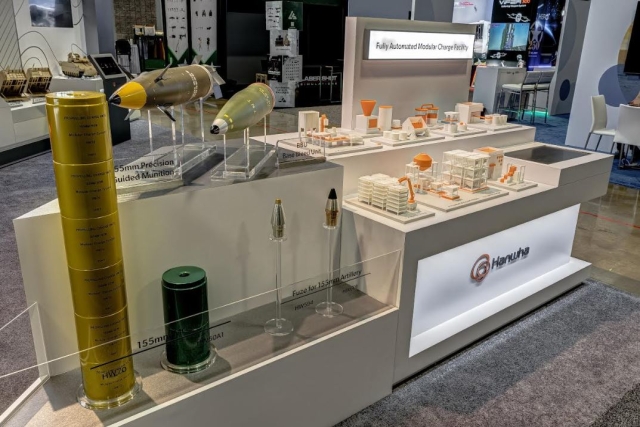Lockheed Martin Conducts Crewed-Uncrewed Teaming Flight Tests
Demonstration Highlights AI-Driven Air Combat Coordination
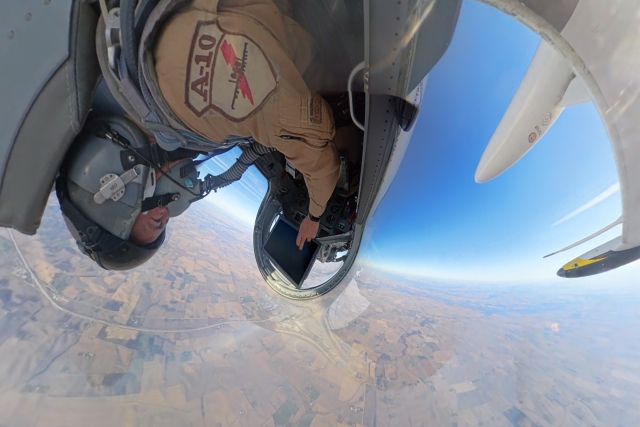
Lockheed Martin Skunk Works, in collaboration with its Demonstrations and Prototypes organization and the University of Iowa's Operator Performance Laboratory (OPL), conducted a series of flight tests showcasing crewed-uncrewed teaming capabilities in air combat.
During the tests, a human "battle manager" aboard an L-39 Albatros aircraft used a touchscreen pilot vehicle interface (PVI) to issue real-time commands to two AI-controlled L-29 Delfin jets. These AI-controlled aircraft coordinated to counter two simulated enemy jets, demonstrating their ability to perform offensive counter air missions using simulated weapons and systems.
This experiment marks a shift in focus from previous tests, which demonstrated AI capabilities in air-to-ground missions, to air-to-air combat scenarios. The AI-controlled jets executed commands directly through their autopilots, with real-time oversight from the human battle manager, emphasizing the importance of collaboration between human and AI systems.
These tests aim to advance crewed-uncrewed teaming by improving operational flexibility, reducing decision-making timelines, and enhancing pilot safety.
